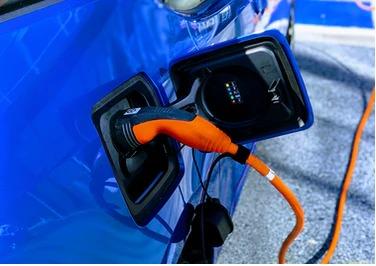How much subsidy do EVs need to be competitive?
Construction21 - La rédaction

Despite a wide range of subsidies and incentives, battery electric vehicles (BEV) make up only 1.4% of new car sales in the U.S. That the effective battery cost is zero to the consumer doesn’t seem to be lifting that number any higher. Meanwhile, in Norway the percentage is a much more impressive 42%, but those subsidies and incentives are far higher: the effective battery cost is negative 385 $/kWh for a typical 60kWh battery pack, i.e. a very generous gift. Schalk Cloete carefully runs through the calculations for both countries and all those incentives, covering tax credits, taxes and fees avoided (fuel, VAT, sales, tolls, parking), and more.
Some things are hard to put a number on and are not included in his estimates, like EU laws forcing firms to sell more BEVs, achieved by keeping sale prices artificially low (better than paying the fines). Whatever it’s worth it would make the incentive total even higher. The message is that rapidly rising EV sales only come when Norway-like policies are in place. Otherwise, EV dominance is not happening any time soon, says Cloete. If EVs are necessary for our future, we need to be clear on how much it will cost us.
Highlights
- We look at battery electric vehicle (BEV) sales and incentive data from the US and Norway for 2019.
- The value of incentives is subtracted from actual battery costs (170 $/kWh) to calculate the effective battery cost experienced by consumers.
- In the US, market share is 1.4% with an effective battery cost of essentially zero (consumers get batteries for free).
- Norway achieved a very impressive 42% market share, but this was made possible by effective battery costs of negative 385 $/kWh (huge incentives for driving electric).
- This data suggests that continued electric car growth will need perpetual subsidies.
Introduction
There are many smart folks out there who think the internal combustion engine will soon go the way of the prehistoric organisms that power it (e.g. FT, Forbes, Economist). In addition, several countries have put in place plans to ban cars with engines in the medium-term future.
Possibly the best example of the love for electric drive is the valuation of Tesla that is currently almost twice that of GM and Ford combined. This despite 10 consecutive years of losses and selling 15x fewer cars than GM and Ford (...) Read the full article here
An article from the EnergyPost
Photo credit: John Cameron via Unsplash



